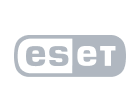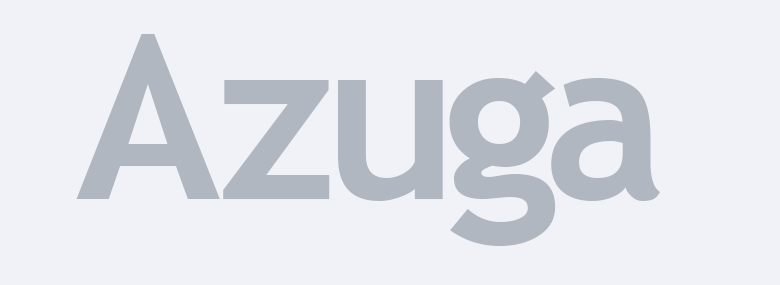
How a Buying Committee is Formed
For this, the first of many articles, I have been interviewing IT Executives (e.g. CIO, CISO, SVP/IT) as part of a study program I am conducting for InsideUp around how cloud-based technologies are evaluated and acquired. We are examining formal and informal buying processes with a specific focus on how often purchases are “fast tracked”.
Our initial findings indicate that in up to one third of all buying committee (blended and core) evaluations, the committee’s recommendations are not accepted by C-level executives spearheading the sales and marketing management services. We have noted a variety of methods utilized by C suite executives to influence and at times change, the recommendation outcomes. This “informal” effort to shape the buying committee’s decisions, or to simply ignore it, is not a new phenomenon.
An important part of the formal committee process is that the “roadmap” approach to managing IT tends to limit the available list of vendors. For example, if an enterprise considers itself an “Oracle” shop or a “Salesforce” shop within their roadmap, then that tends to determine which vendors can be included or excluded.
In those situations where buying committee recommendations are not accepted, the C-level executive may have determined from early in the process which vendor (or vendors) are acceptable and which may not be. This is a difficult (but extremely interesting) area that will be explored further in this series as we seek to uncover the how’s and why’s of this.
Even in those cases where the C-level executives accept the committees’ recommendations, it would appear that a “trusted lieutenant” is placed in charge of the committee and reports regularly to the C suite executive responsible. It is clear that an informal and ongoing engagement is occurring between the C suite, respected industry analysts (e.g., Gartner and Forrester), and a small subset of vendors skilled in high-level sales & marketing. What is also clear is that while C-level executives may have delegated vendor evaluations to committees, their interest in the outcome remains significant. This can be seen by which vendor meetings and engagements they attend at various stages in the evaluation process.
It is probably no surprise that @Oracle, @Dell and @Coupa were mentioned by more than one IT Executive as having particularly strong influence in determining the outcome of some of these decisions. The C-level influence that surprised us most was that exerted by a small, and relatively unknown, vendor of backup solutions – @Cohesity.
For the six cloud technology vendor names mentioned during these initial interviews, the evaluation processes, although conducted in different fashions, all originated from the C suite. In all examples, the C suite chartered both types of buying committees we are studying – Core Technology and Blended. The common thread across all companies was that an opportunity or a threat had become apparent to a member of the C suite (about 50% of the time it was the CEO). Examples include security related products and services, backup systems, database and marketing automation. The majority of examples that were cited happened to be in the area of either cybersecurity or data backup. The majority of those initiatives and committees were set in motion (meaning members were identified and tasks assigned) by the CIO after thoroughly reviewing the sales and marketing strategy.
As we continue this research, I will be reaching out to the vendors mentioned above to learn more about what it is that they are doing with their marketing & sales motions that is having such a noticeable impact on IT decisions.
These interviews are part of a larger study that includes online surveys sent to select IT executives. InsideUp, in partnership with my firm, has launched a thought leadership series that explores how IT buyers wish to be marketed to and how they conduct internal vendor evaluations.
InsideUp, a leading demand generation agency, has over a decade of experience assisting technology clients, that target mid-market and enterprise businesses, by meeting and exceeding their key marketing campaign metrics. Our clients augment their in-house demand generation campaigns (including ABM) by partnering with us to build large sales pipelines. Please contact us to learn more.



































































